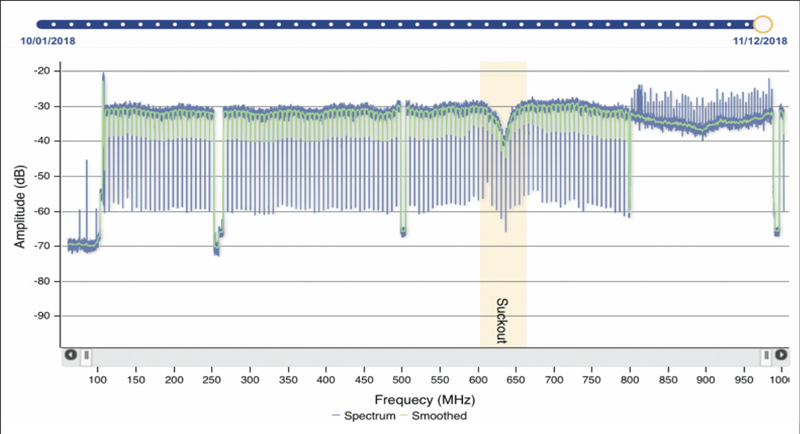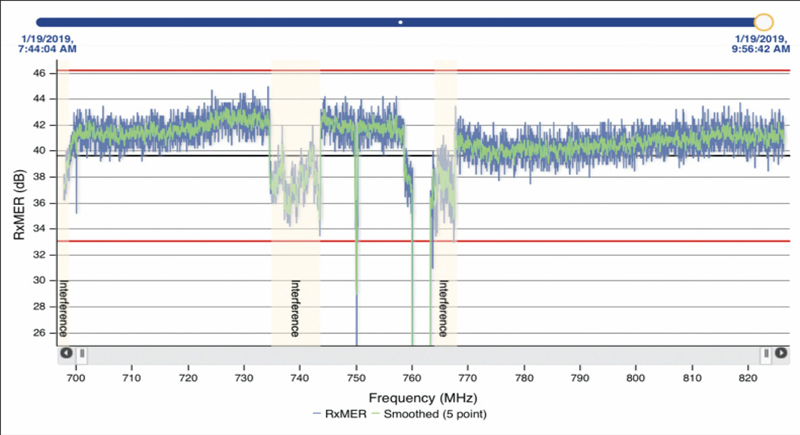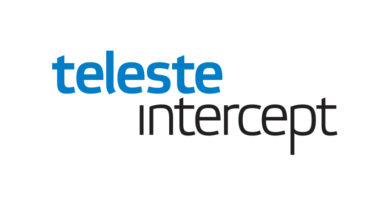PNM: More than Pre-Equalization Analysis
By James Medlock
When you ask cable operators who have not deployed a proactive network maintenance (PNM) solution why, the first response is usually something along the lines of, “we have too many problems to fix already, we don’t have time for any more.” If you follow up by asking what is PNM, you usually get answers referring to pre-equalization analysis which invariably leads to an extended discussion about micro-reflection echo lengths, where to measure the echo from, and how accurate is the distance. For many of these operators, their go-to monitoring tools, looking at and alarming based on the number of off-line/on-line devices, Rx/Tx power, and SNR/MER levels, still drives their troubleshooting and daily repair activities.
While it is true that PNM started with pre-equalization analysis 10+ years ago, today PNM offers many more capabilities to help operators identify and locate faults in their cable plant that both reduce the time to repair the immediate problems they have been focused on, as well as addressing underlying problems that may not yet be critical or service-impacting, resulting in a trouble ticket.
The first major enhancement to PNM came from the addition of full band capture (FBC) capability within the cable modem allowing us to remotely capture and view the downstream spectrum, and automatically identify problems [Figure 1]. We can now correlate spectrum captures from multiple locations throughout the fiber node without having to drive around and connect a field meter at different locations. The cable modem is now an always-on, remotely accessible test point.

Figure 1: Full band capture
With the introduction of DOCSIS 3.1, the concept of PNM and requirements to support OFDM(A) monitoring were baked into the specification from the beginning, making PNM a true first-class citizen and defined in the CCAP and Cable Modem OSSI Specifications and introducing a new PNM MIB. Just like the cable operators’ go-to monitoring tools used today, the DOCSIS 3.1 PNM measurements allow us to monitor the operation and performance of the OFDM(A) channel. These measurements allow us to collect metrics such as MER per sub-carrier, codeword errors, modulation profile usage, and more. Using the CCAP we can perform upstream spectrum capture which is going to become vital as R-PHY is deployed and there is no RF signal to monitor in the headend.
Initial collection and analysis of just one of these metrics, RxMER per subcarrier, has highlighted a number of potential problems that otherwise would have gone unnoticed. When the OFDM channel location overlaps with the LTE and cellular blocks at 700 MHz and 800 MHz, a cable plant impairment such as a cracked cable or faulty connector may allow a nearby wireless signal to ingress. The impact of this interference can easily be seen when looking at RxMER per subcarrier [Figure 2]. Correlating this interference across a number of cable modems in an area can help locate this problem, which will have a negative impact on the subscriber’s throughput.

Figure 2: DOCSIS 3.1 RxMER per subcarrier
Potential OFDM channel configuration issues can also become apparent such as the impact of an adjacent SC-QAM channel based on the configured cyclic prefix and roll-off parameters. This can cause interference that affects the first few subcarriers as seen in this example. Finally, field observations and recent lab testing at CableLabs® have verified that plant impairments causing delays or echoes, can be seen as a ripple in the RxMER per subcarrier plot.
With the addition of FBC and DOCSIS 3.1 metrics, PNM now offers much more than just pre-equalization analysis and ultimately helps reduce the amount of time technicians are spending hunting for problems as opposed to fixing them.
Akleza’s CableDiag products offer a comprehensive set of PNM tools supporting pre-equalization data analysis, full band capture spectrum analysis, DOCSIS 3.1 OFDM(A) statistics and performance analysis, and more, all presented in a highly graphical, easy to use, GIS based system.
 James Medlock
James Medlock
Founder & CEO
Akleza, Inc.
James is the Founder and CEO of Akleza, and a cable industry veteran contributing to various CableLabs and industry specifications including DOCSIS, PacketCable Multimedia, IMS, and PNM. Having been involved in the original CableLabs PNM working group development, he founded Akleza with a mission to deliver easy to use, software based, diagnostic tools leveraging the availability of PNM data within the cable network.
1-855-4-AKLEZA

